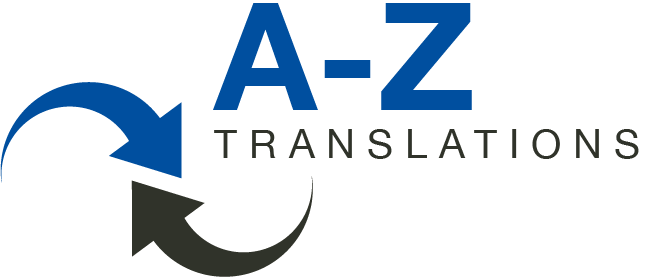I just talked about term extraction in my terminology class, and during preparation, I was also thinking about alignment. After all, if you have multilingual reference material, for example in order to prepare for an interpretation assignment, what do you do? Right, you place them next to each other and look for vocabulary etc., in effect aligning the corresponding documents (whether on paper or on screen is a matter of personal preference).
And it just so happened, that Juliet Margaret Macan wrote an article on the topic of alignment very recently on LinkdIn which I found quite interesting and wanted to share with you:
To align or not to align? Is that the question?
Since the advent of CAT tools, for most people alignment is
synonymous with creating a translation memory: otherwise what would be
the purpose of spending all that time matching up source and target
sentences or paragraphs, if not to recycle them through a translation
memory? However not only does this require ensuring that the texts to be
aligned are truly parallel, one the accurate translation of the other,
but also, that the results will be useful and the contents are likely to
recur in new documents. This is not always the case. Furthermore,
despite the advances in translation memory technology, the splitting of
content into bilingual fragments, stored in a database, is frequently to
the detriment of the context which is decisive for selecting the
correct translation.
This is frustrating for the translator who may have to wade through
numerous inappropriate 100% matches, but it is also of little use for MT
purposes. It can, however, be useful for academia to illustrate to
students some of the many pitfalls in transferring content from one
language to another.
But if you have a large quantity of valuable translated assets how
can these be made readily available to the translator in an efficient
and positive manner, providing all the necessary context where it is
needed, at the translation interface?
This material can be more usefully made available by creating
parallel corpora, to be consulted by the translator for approved
terminology as well as company style and appropriate translations,
without having to have many documents open at the same time.
Are translators aware of this option? What skills and tools are most
useful to help professional translator take advantage of this
opportunity today?
Although there are differences between:
· the needs of professional translators with time and economic constraints
· academia where the creation and use of comparable and
parallel corpora are now rightly considered to be an essential part of
translator training
· the needs of MT builders/providers who rely on the
availability of large volumes of comparable and clean parallel corpora,
such as that made available by the UN in May 2016
the recent advances in the creation and use of corpora deserve more
attention, debate and testing to improve the technology solutions
available.
So what do you think? Alignment? Corpora? Or something completely different?

